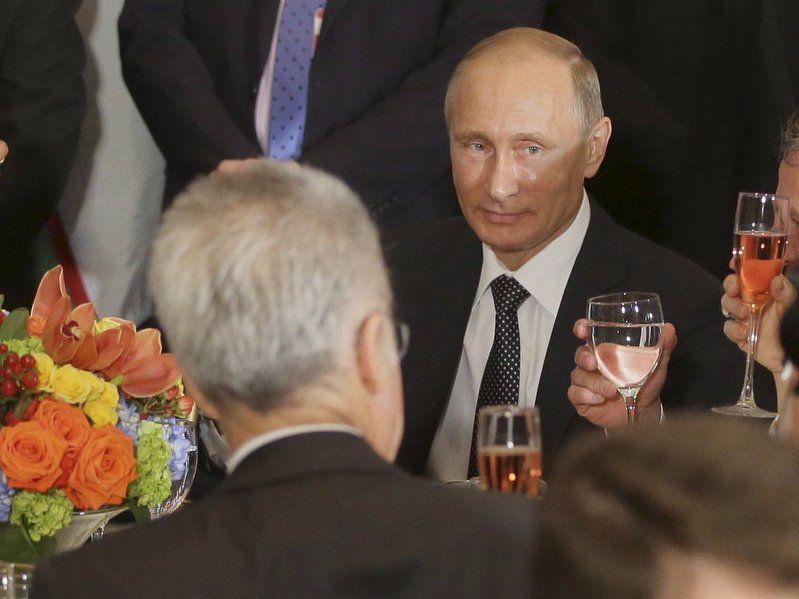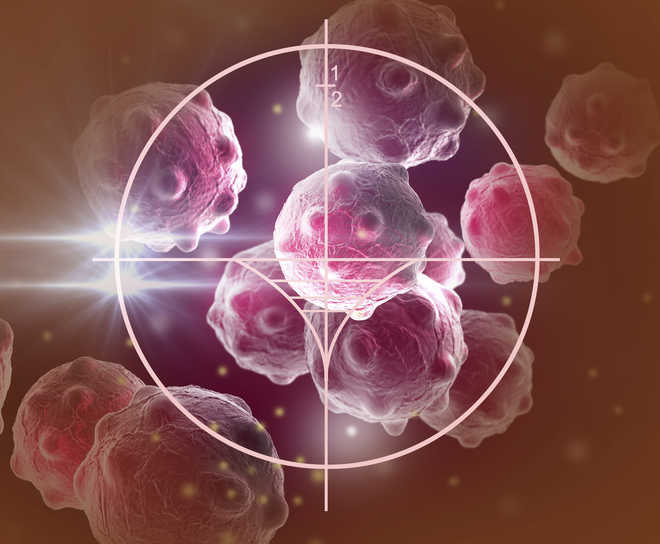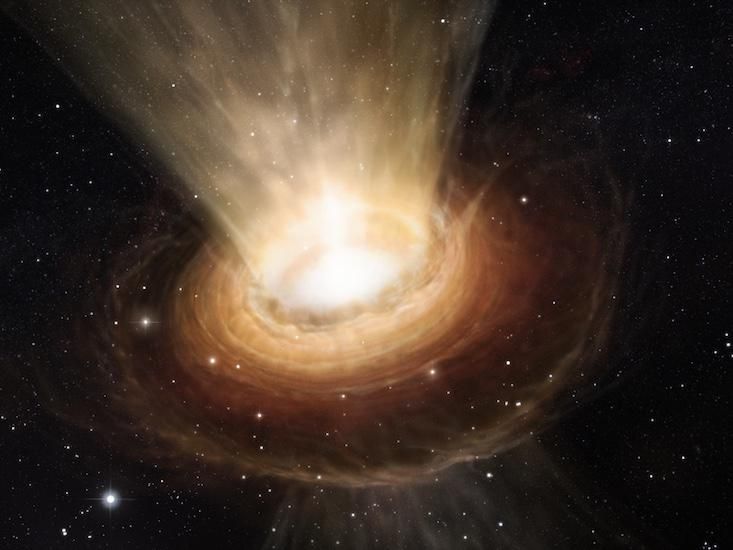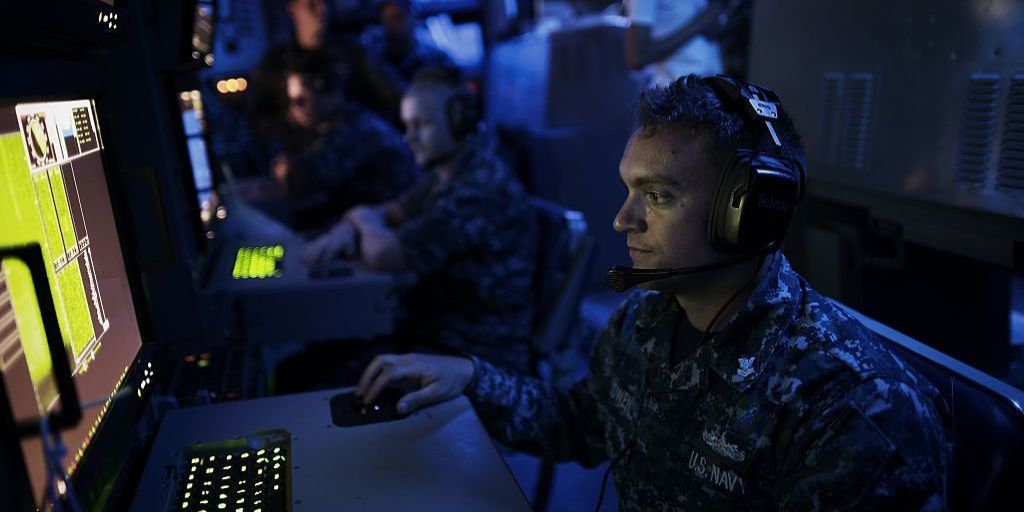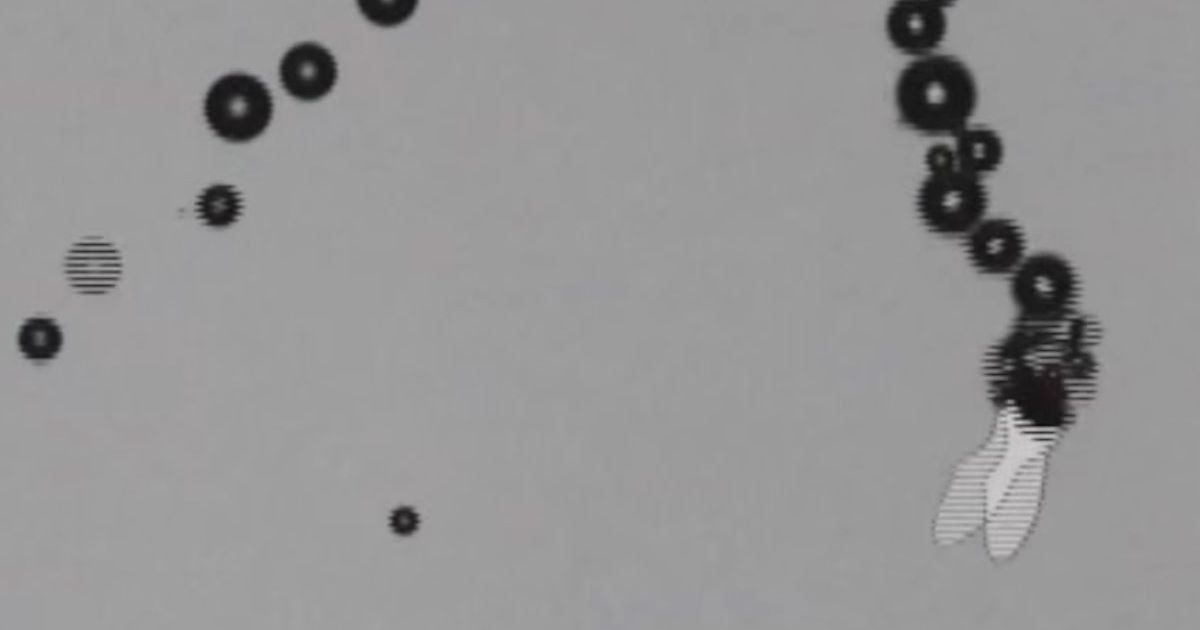Sep 13, 2016
Lighting the way to miniature devices
Posted by Karen Hurst in categories: computing, engineering, quantum physics
Electromagnetic waves created on a layer of organic molecules could provide the perfect on-chip light source for future quantum communication systems.
A team of scientists including researchers at Agency for Science, Technology and Research (A*STAR), Singapore, has captured tiny flashes of light from an ultrathin layer of organic molecules sandwiched between two electrodes that could replace lasers and LEDs as signal sources for future miniature, ultrafast quantum computing and light-based communication systems.
To investigate electromagnetic waves called plasmons, which skim along the interface between two materials, Nikodem Tomczak from the A*STAR Institute of Materials Research and Engineering and colleagues collaborated with Christian A. Nijhuis from the National University of Singapore to construct a junction consisting of a layer of thiol molecules on a metal electrode and liquid gallium-indium alloy as a top electrode.

